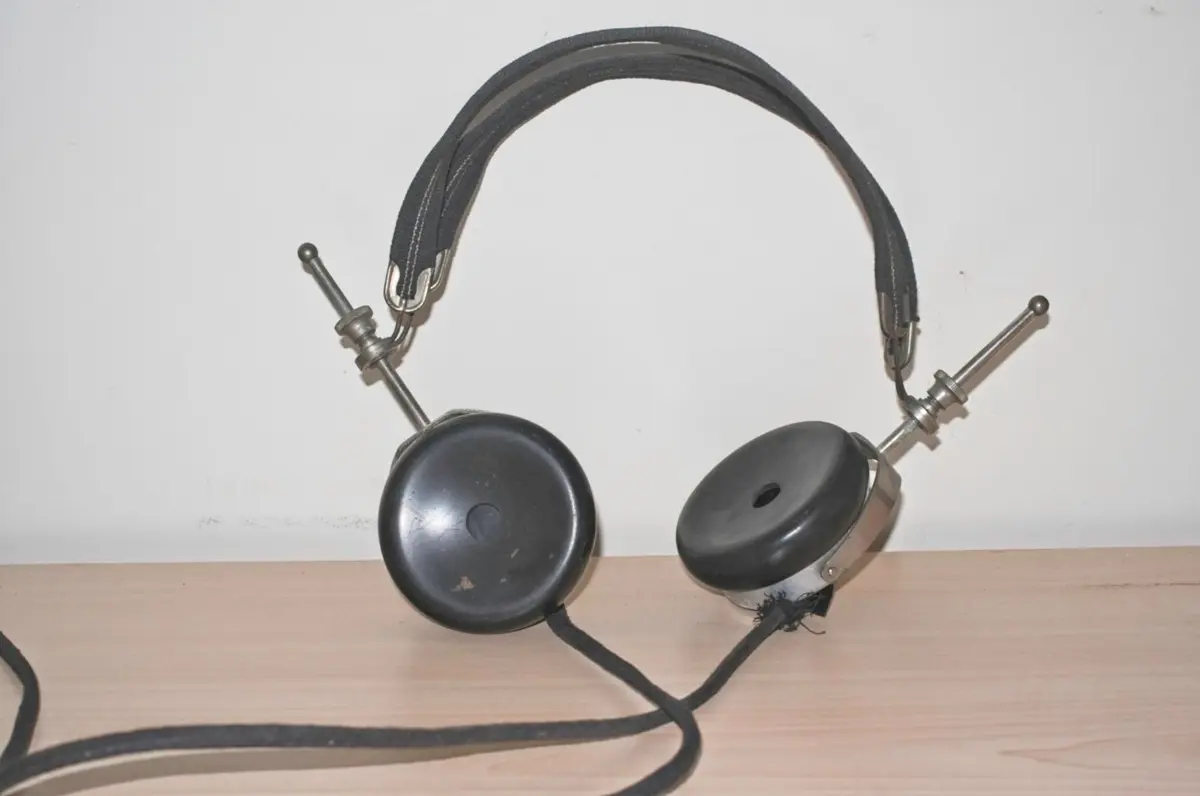Brandes ‘superior’ BBC headphones from c 1945
A look at a pair of Brandes headphones from about 1945 which were used by my Father for most of his life.
The subject of this post is a bit different from the usual theme of this site because it’s not dealing with a vintage camera, but instead I’m looking at a pair of Brandes ‘Superior’ BBC headphones dating from the mid 1940s.
Pictures of the Brandes Headphones
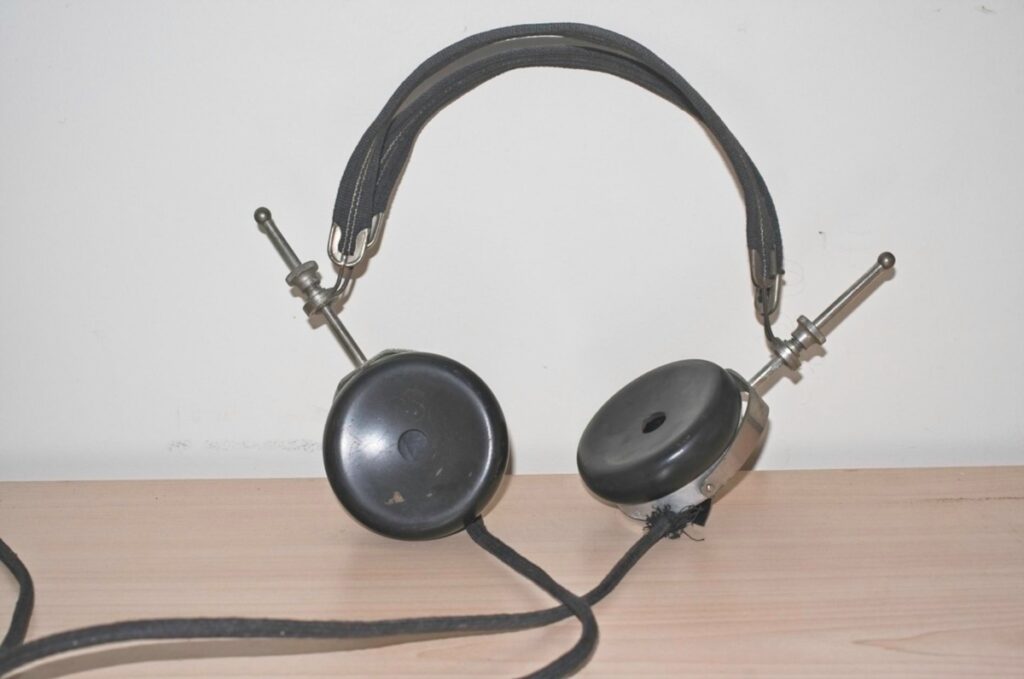

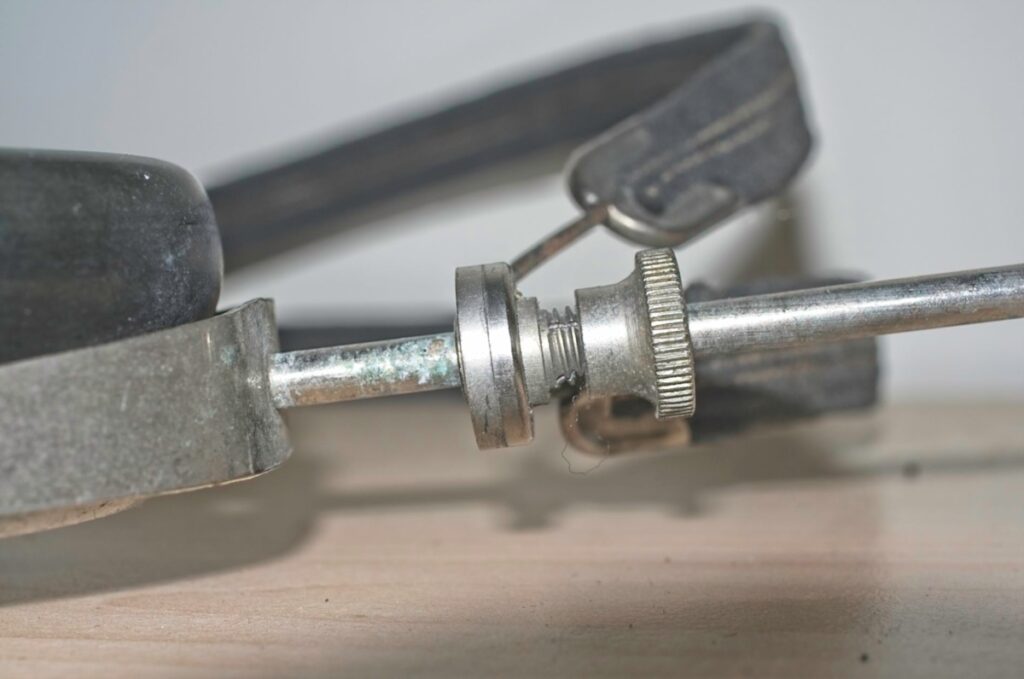
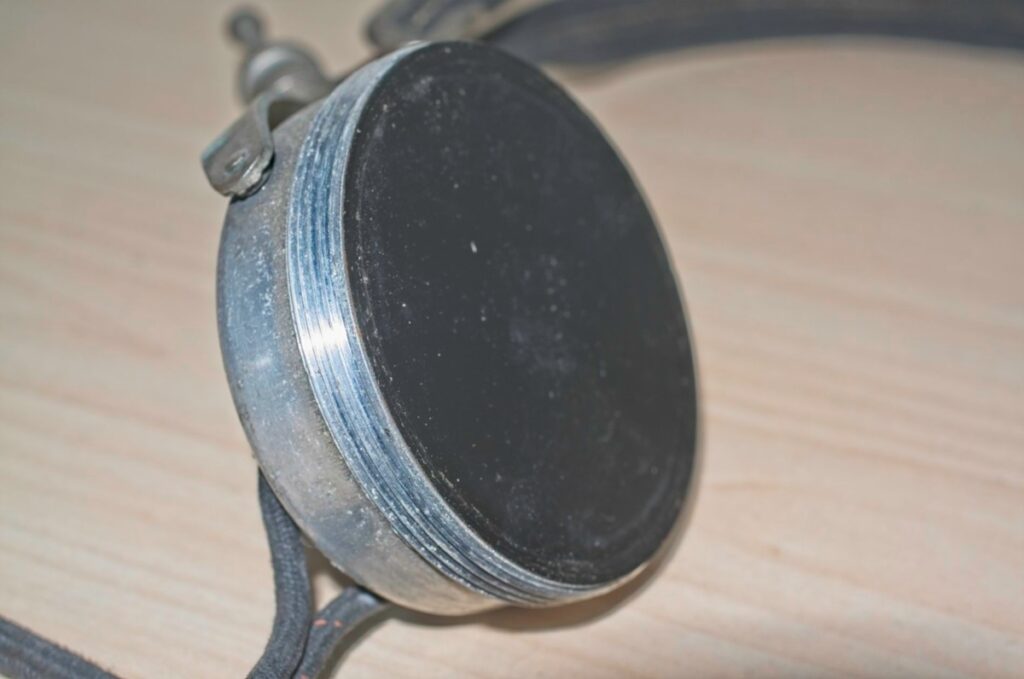
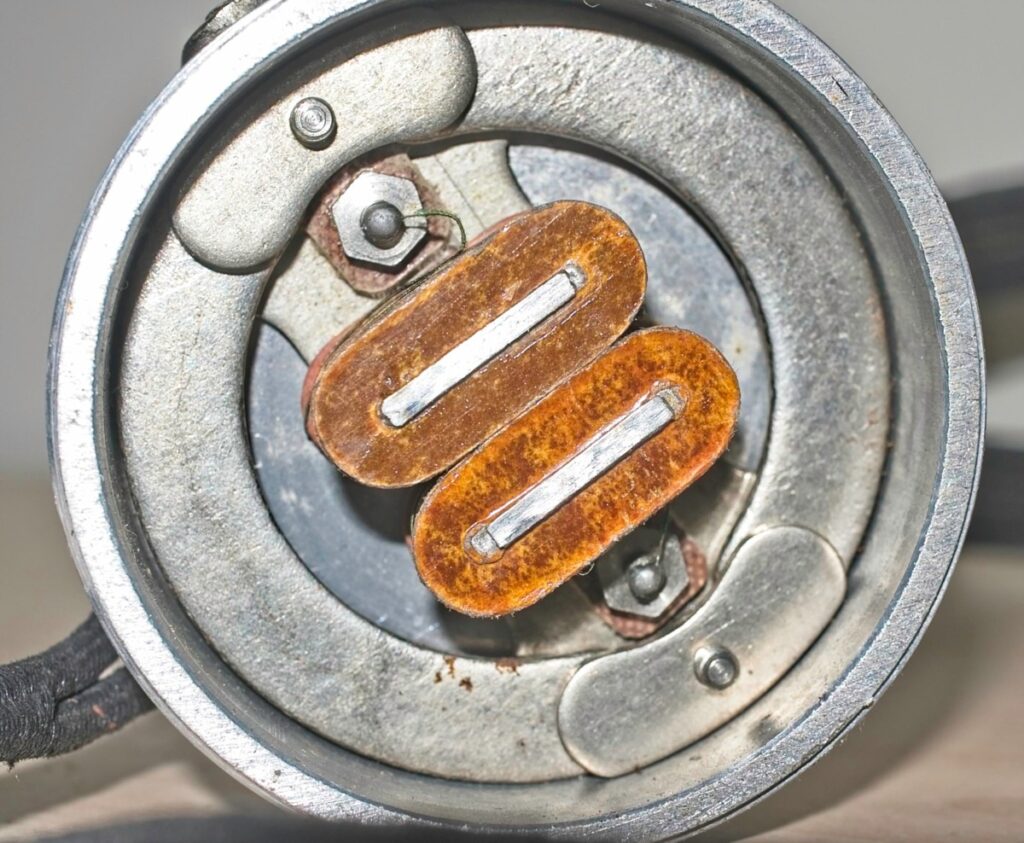
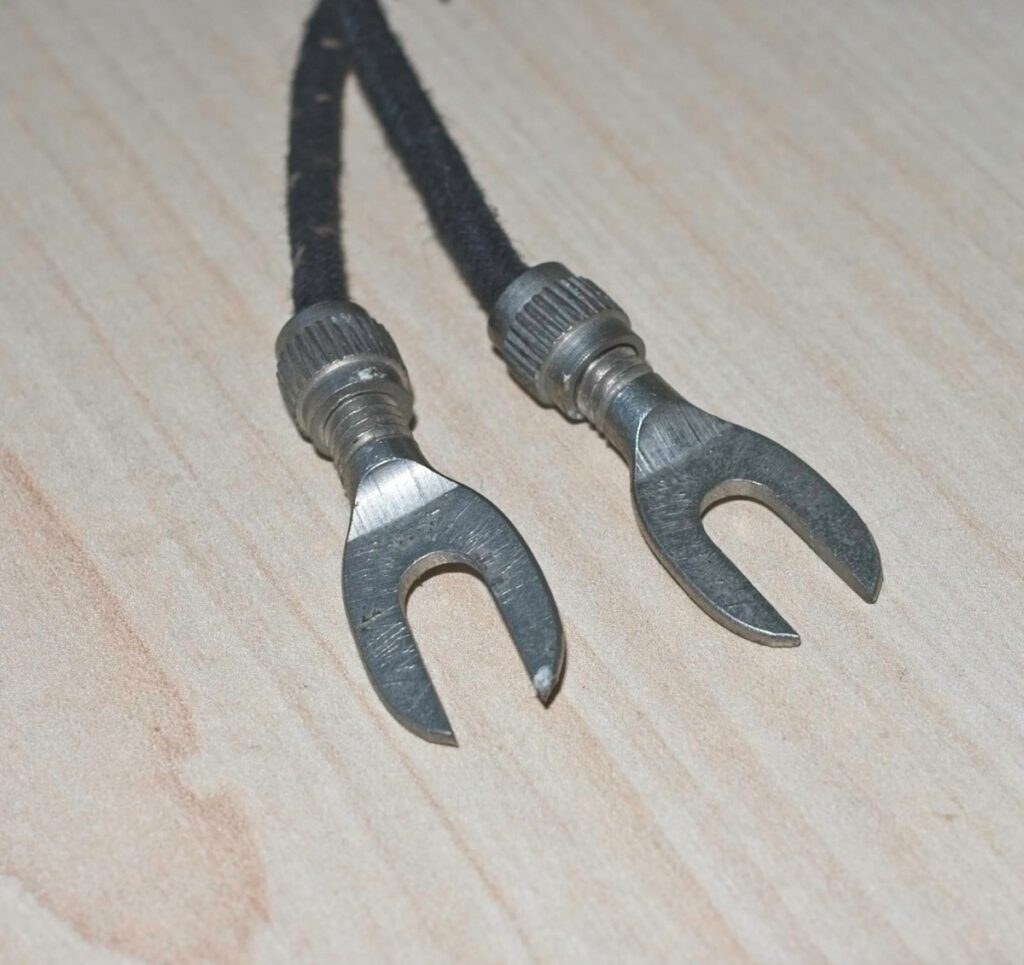
Brandes Headphones
To be honest these headphones officially don’t actually belong to me. They were owned by my Father who used them from the 1940s right up to about 10 years before he died. Or at least he used them in the sense that he still occasionally connected them to some piece of electronic equipment he was repairing at the time – I don’t think he wore them for comfort or sound fidelity, more from a sense of nostalgia.
For the last few years they were in the loft of my parent’s house, and then because my Mum is moving into a smaller bungalow at the moment I’ve been looking after them along with a number of vintage radios. I was moving things around a few days ago and it was the word, ‘Superior’ on the headphones that made me write this article; I can’t help thinking that if these were superior I can’t imagine how bad the ‘Inferior’ version were!
Headphone construction.
The units are very simple in construction.
The Earphones themselves are a round aluminium container with a bakelite curved earpiece screwed onto the front. When this is removed there is a flat diaphragm which seems to be made of a mica, although there must also be some metal involved because it is slightly magnetic and is attracted to the internal, steel assembly in the Earpiece. I suspect it is a very thin steel sheet with a mica covering on both sides.
When the diaphragm is removed it’s possible to see how the sound is made when the headphones are being used. The central, U shaped steel assembly is weakly magnetic and there are coils wrapped round the two arms. These coils are wired in series and are also connected in series with the same coils in the other earpiece. When a signal is passed through the wires, the magnetic strength varies and moves the diaphragm causing changes in the air pressure.
Each earphone has an adjuster which is used to set the headphones so they fall comfortably at the right level for each person’s ear – I use the word comfortably here in an illustrative context. The adjuster is simply a split, threaded collar which compresses around a pin and holds the earphone in place.
The band which sits across the user’s head is just basically a pair of steel wires which have a material cover for comfort – again see note above regarding the use of this word.
The headphones are connected to the equipment they are being used on via a pair of spade terminals and are obviously mono.
Sound Quality
I can’t actually vouch for the sound quality of this particular set of headphones because I’ve not connected them to anything to find out, but I can say with a fair degree of certainty that they sound just like an analogue telephone from about 40 years ago used to sound. They are basically constructed in exactly the same way.
Anyone reading this who remembers using a phone from that era will remember the sound quality was not that good, although to be fair at the time they were used the broadcast quality was only, from memory, about 300Hz – 4.3kHz.
The worst aspect of using ‘phones like these however was the feeling of having your head clamped in a vice after a few minutes use. I remember using them when I was a boy, having constructed a crystal set and being thrilled at hearing real sound coming from the ‘phones, but having to take them off after a while because of the pain!
As a father of two teenage children, who seem to have headphones clamped to their heads for most of the day, I sometimes wonder if perhaps I should re-introduce these headphones to the Hawketts household!
Discover more from Everything Vintage
Subscribe to get the latest posts sent to your email.

